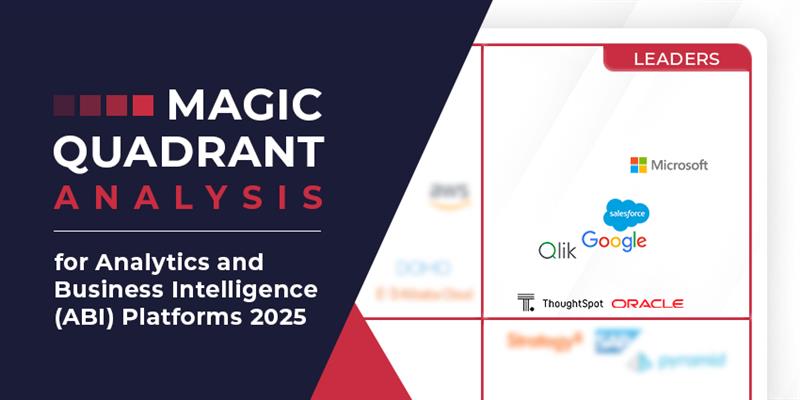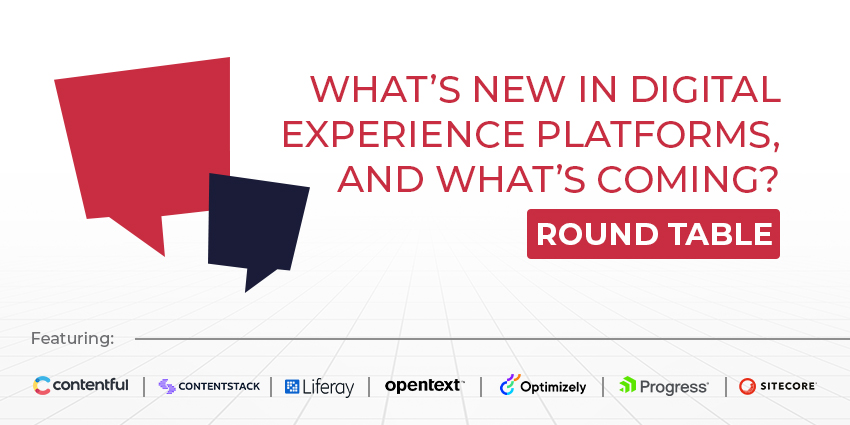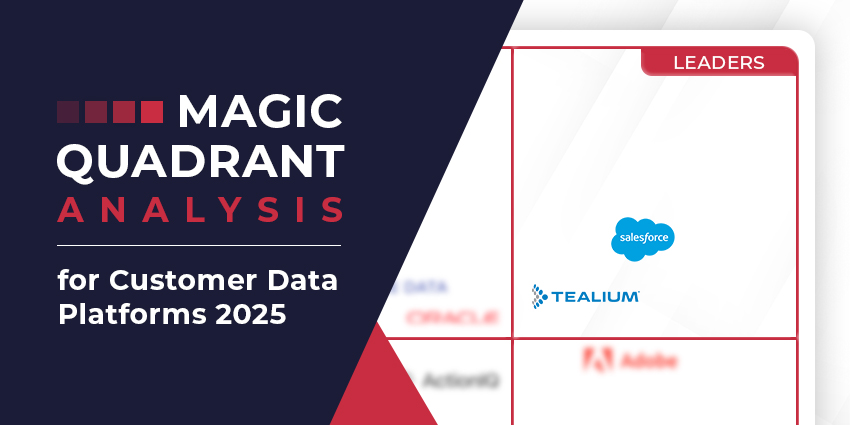In November, NVIDIA held an AI Summit in Japan. There, CEO Jenson Huang shared his vision for enterprise tech in 2025, calling it the “year of AI Agents.”
According to Huang, the first wave of AI Agents will take hold in 2025 and see the rise of digital workers capable of understanding tasks, planning, and taking action. For instance, they may:
- Engage in customer service conversations
- Execute marketing campaigns
- Write software
- Optimize manufacturing supply chains
- Serve as research or lab assistants
- Act as tutors for executives or employees
“These digital AI workers are essentially like digital employees,” said Huang. “And – just like [human] employees – you have to train them.”
Additionally, business leaders must teach them about the company, coach them to have specific skills depending on their function, evaluate their performance, and guardrail them to ensure they do only the jobs expected of them.
From there, leaders can deploy them, pay them with tokens, and have them interact with other AI Agents to collaboratively solve problems and mechanize expansive workflows.
At the AI Summit, Huang laid out this vision, and – one month later – Salesforce executed on it with Agentforce 2.0, which the CRM leader tagged as a “digital labor platform”.
Yet, others will follow, and NVIDIA – which partnered with Salesforce – will help them get there and go beyond what’s currently on the market.
After all, NVIDIA is not directly in the service or solution delivery business. Instead, it provides the enabling technologies for others to create and improve AI systems.
Central to that is NVIDIA NeMo, its AI lifecycle platform. NeMo provides libraries and tools for every stage of the AI development process, including:
- Data curation
- Training and fine-tuning
- Synthetic data generation
- Evaluation and guardrails
Moreover, NVIDIA packages pre-trained models into what it calls NIMs (neural information microservices). These NIMs enable seamless integration and interaction between AI systems.
NVIDIA is working with independent software vendors (ISVs) – like Salesforce, SAP, and ServiceNow – and service providers – such as Accenture and Delloite – to help them leverage NeMo and NIM.
In doing so, NVIDIA is playing a critical role in building the industry-specific digital workers that improve enterprise productivity by turning data into knowledge and knowledge into action.
That’s massive, and 2025 will see agentic AI ignite a spark within enterprises. Yet, Huang warned:
None of these Agents can do 100 percent of anybody’s job. However, all of these Agents will be able to do 50 percent of your work. This is the great achievement.
“Instead of thinking about AI as replacing the work of 50 percent of people, you should think that AI will do 50 percent of the work for 100 percent of the people,” he concluded.
Beyond 2025: Where Will Agentic AI Go Next?
Many enterprise end-users of AI systems are getting behind Huang’s vision for 2025, including SoftBank Group, a large Japanese internet service company.
Its CEO, Masayoshi Son, joined Huang at the AI Summit. But, beyond digital labor, he also touted the potential for personal AI Agents to flourish.
“I’m excited about enterprise AI Agents, but also personal agents will come to everyone,” he said. “They will help make our plans for trips, education… It will follow you for your whole life.”
In Son’s vision, he notes how an AI Agent may track someone’s health or education to provide life advice. For instance, it may monitor everything they’ve read and become their personal tutor.
As such, it’ll become an AI companion or digital twin, something that lives alongside a person.
Already, those that have played with functions like ChatGPT’s memory feature may envision such a future where people can interact with AI in a hyper-personalized way.
Yet, that future may not be far away. Indeed, NVIDIA’s largest partner – Microsoft – is focusing on turning Copilot into personal AI that forms a “meaningful” and “lasting” relationship.
That’s massive for consumers. But, personal AI employee companions are another form of AI that could – beyond 2025 – start to take over the enterprise.







